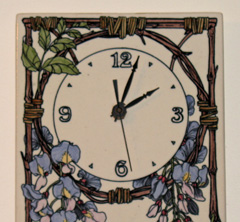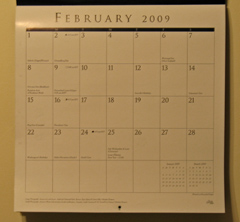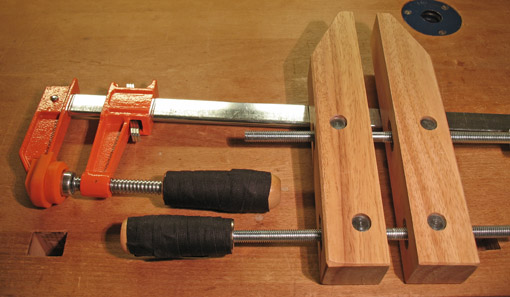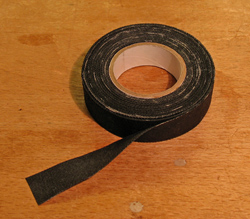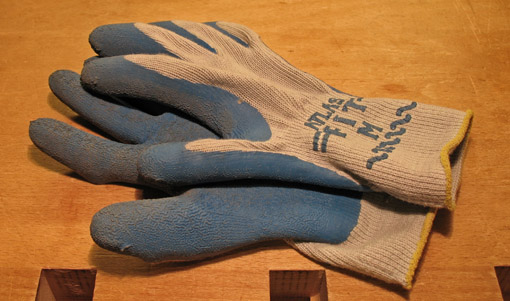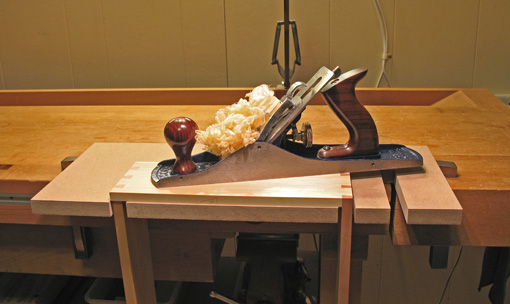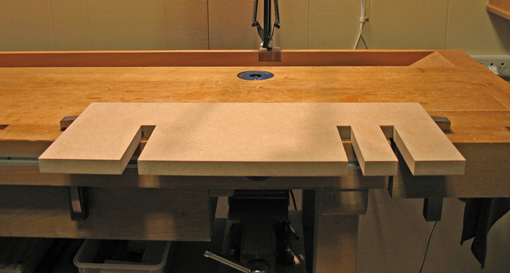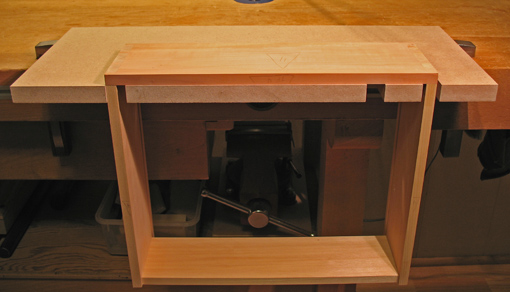• Thursday, February 12th, 2009
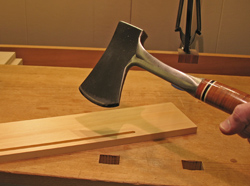
I make ‘em. You make ‘em. Some people say we don’t learn much unless we make mistakes. Whether thus a necessary evil or simply an omnipresent nuisance, I feel mistakes do not get enough attention. We generally try to correct and forget them. Here I would like to give them some thought. After all, it surely won’t be long before I’m again dealing with a live one on the line.
So how do they happen? Sometimes it is simply having the wrong plan for the intended result. A poorly designed joint, though accurately cut, produces a weak structure. In making a bent lamination, maybe the plies are too thick, the wrong type of glue is applied, and the resulting curved rail is not what you had hoped for. Study and practice.
Sometimes it’s just a slip up. Perhaps I lost concentration and sawed past an end line despite obviously being fully capable of stopping at the correct spot. Pay attention and be patient.
There is, however, a sneakier type of mistake that accounts for my most frustrating experiences in the shop. These develop from a subtle loss of control of the process, an insidious evolution.
For example, I’m planing a surface and gradually feel slightly more resistance in the cut signaling early dullness of the blade. The task is almost done but I wonder a little too long if I can get by without resharpening, then hit a grain reversal, and #*@&!, a tearout. I plane further to erase the tearout, then plane surrounding areas to compensate, and now I’ve gone a bit too far and lost an accurate fit for this piece, which mates with another part, which houses another assembly, and so forth. I am no longer working in peace.
What happened? A barrier developed between intention and execution. There was a loss of the working rhythm and flow that is so important to success. When a craftsman senses that subtle break in rhythm, a true mistake may be around the corner.
However, the first little error is usually not as important as it may first seem. (“Put the ax down and move away from the bench.”) For example, maybe that tearout is in a place where it will be unnoticed and is best left alone. I must remind myself to stop and think before engineering a correction. It is usually the loss of flow, less than the error itself, that raises the unnerving feeling. Then I know it is time to step back, look at the big picture, refocus, then get back in the game. This approach should prevent a major Mistake.
I believe this is more of an issue with one of a kind projects or innovative designs, especially when using unfamiliar or innovative techniques. Since you’ve not been down the road before, you’re skeptical of the map to success.
It is not easy to craft a project that turns out to fulfill your hope. The creative vision must be carried through with a controlled flow of work that takes place in many interdependent steps. (By the way, don’t fall prey to “perfection”, discussed in an earlier post.)
One thing is for sure, when the work is flowing, you know it. Life is good in the shop and real mistakes seem to be miles away. Be careful, but enjoy the ride.
Happy woodworking!

